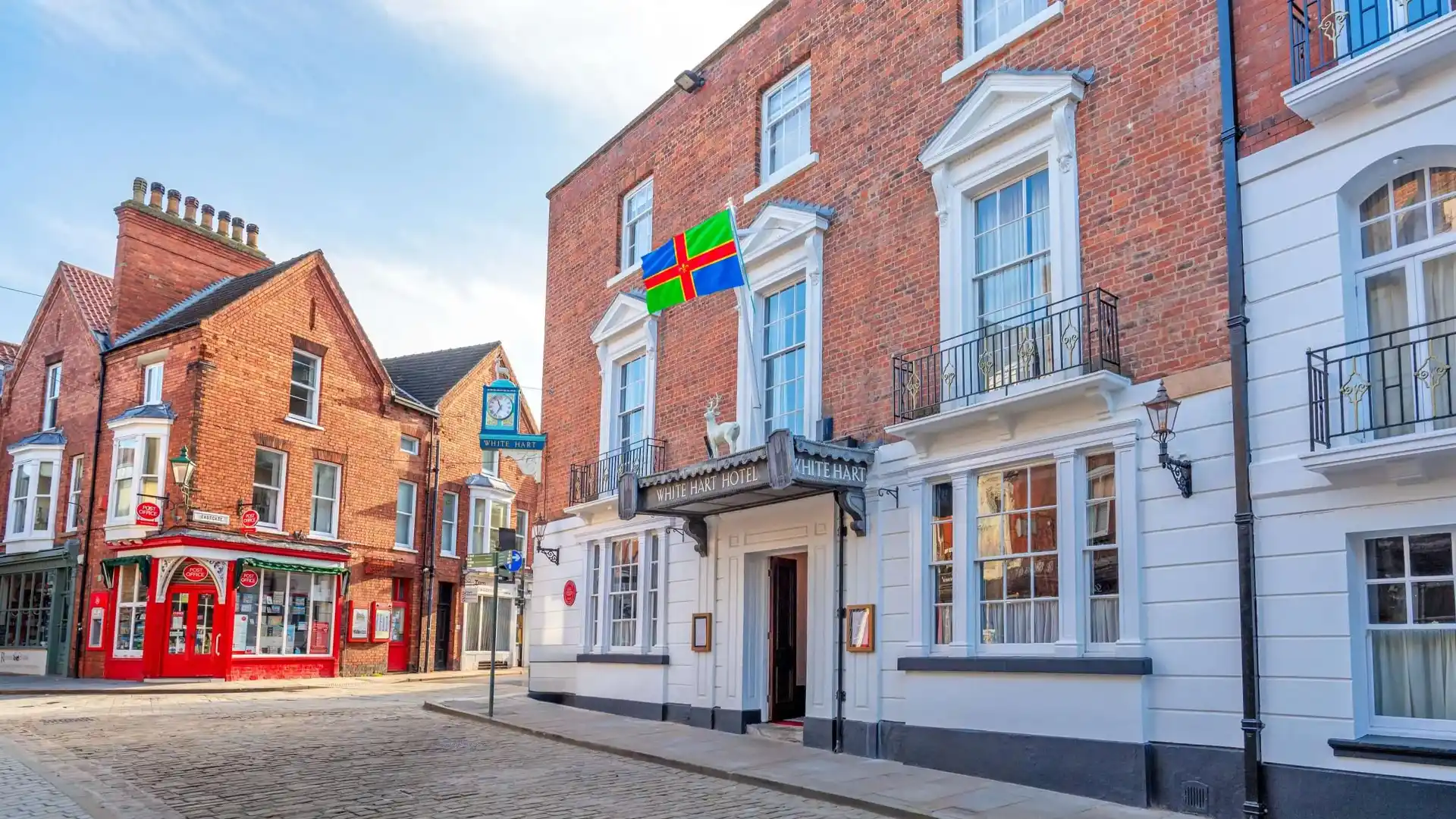Although it is widely known that the Pilgrim Fathers set sail on the Mayflower in 1620 from Plymouth in search of a better life in America, how many know of the role both Boston and Gainsborough played in this important historical event?
The Pilgrim Fathers in Lincolnshire
During the reign of Queen Elizabeth I, Protestant non-conformist religious beliefs flourished in England. One such belief was that of the Separatists, a group of Puritans with strong Lincolnshire links – Gainsborough was at the heart of the Lincolnshire Separatist movement, while another group was based just over the border at Scrooby in Nottinghamshire.
Separatists wanted the freedom to worship God away from the constraints of the Church of England. When Elizabeth was succeeded by King James I in 1603, there was a clampdown on such groups – it became illegal not to attend church and the Separatist Movement was banned a year later.
Wanting to escape persecution, The Separatists decided to flee to The Netherlands – a far more tolerant Protestant country. In 1607, both the Gainsborough Separatists and the Scrooby Separatists travelled to Boston where boats were waiting to take them to Holland.
The Gainsborough Separatists successfully completed their journey, joining other English Separatists known as the Ancient Brethren in Leiden.
The Scrooby Separatists, however, were not so fortunate. Betrayed by their boat’s captain, they were intercepted at Scotia Creek, situated a few miles down river from Boston, where they were arrested and all their goods seized.
They were taken to Boston Guildhall, where they remained in the cells whilst awaiting trial at Lincoln. After several months in prison, they were released and returned home to Scrooby, penniless. Sympathisers eventually raised enough money to fund a second escape attempt, which this time was successful.
The American Dream
After living peacefully in Leiden for several years, in 1620 the Ancient Brethren decided to sail for America in search of a better life. They hired two ships; the Speedwell, which was to transport passengers, and the larger Mayflower, to carry supplies during the hazardous journey across the Atlantic.
It became obvious early on, however, that the Speedwell would be incapable of crossing the Atlantic, as it began to take in water off the coast of Devon. The passengers transferred to the Mayflower, which set sail from Plymouth on 6th September 1620 and landed in Massachusetts after an arduous two month voyage.
This small group of people became known as The Pilgrim Fathers, the founding fathers of America.
In the 1630s, another group of Lincolnshire Puritans left Boston for America. They founded a new settlement in Massachusetts and named it after their home town – Boston.
One of the most important of these settlers was The Reverend John Cotton, who was the very controversial Vicar of St. Botolph’s Church in Boston. The Reverend Cotton made many enemies by preaching his non-conformist views, regularly finding himself prosecuted at Lincoln’s Law Courts. In 1633, he sailed across the Atlantic to Boston, Massachusetts, and soon became spiritual leader of this church-dominated state. His influence increased further when he helped to draft the fundamental laws for the colony, which are still applicable today.
Relevance Today
The Pilgrim Fathers undoubtedly left a lasting legacy on both sides of the Atlantic. Boston is now one of the oldest municipalities in the United States and is the capital city of the state of Massachusetts, with its 692,000 residents making it America’s 21st most populous city. Meanwhile, the Pilgrim Fathers remain a key piece of our Boston’s heritage; for example, Boston United Football Club have adopted the nickname ‘The Pilgrims’. So, incidentally, have Plymouth Argyle.







